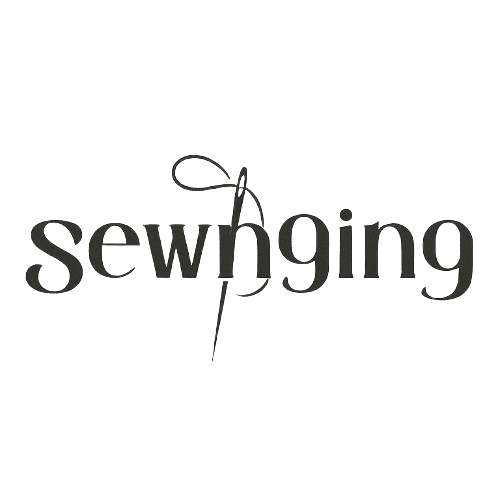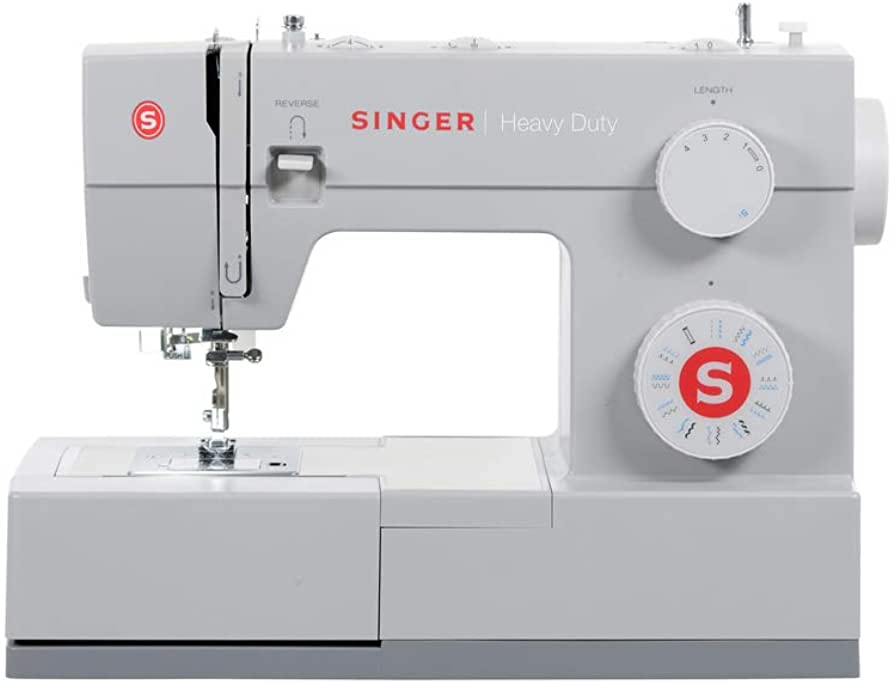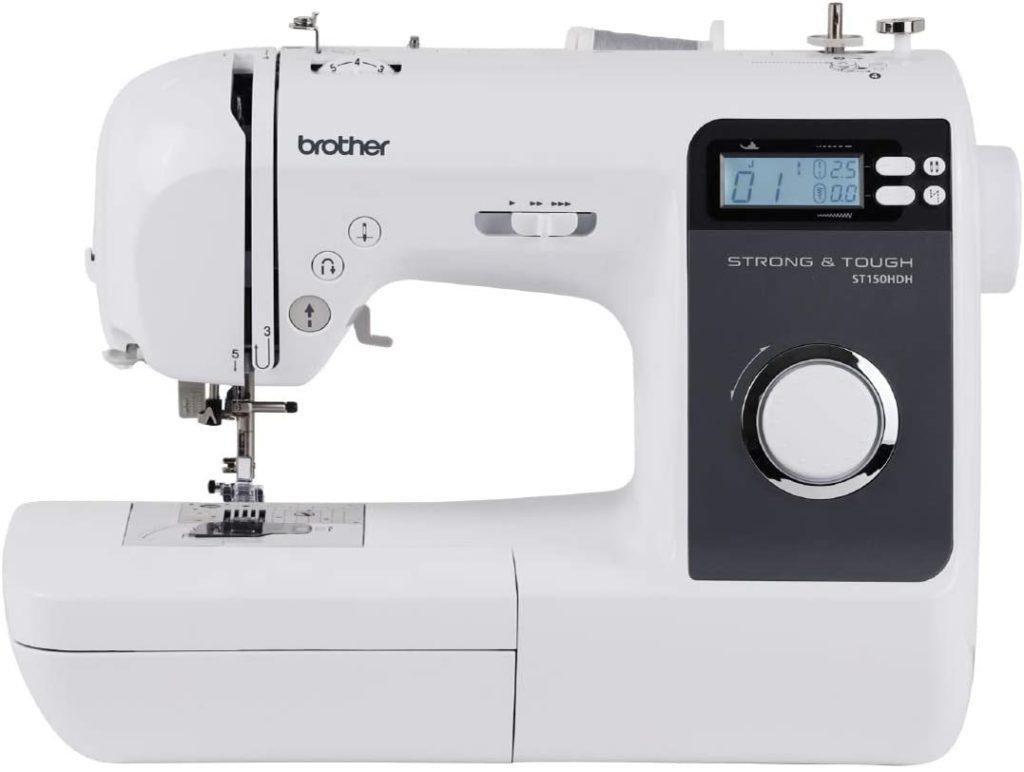Sewing denim can be an intimidating task for any beginner, but with the right machine settings and techniques, you’ll have no trouble creating beautiful pieces that will last a lifetime. Whether you’re making a pair of jeans or a denim jacket, it’s essential to understand how to adjust your sewing machine’s settings for optimal results.
In this blog post, we’ll go over sewing denim machine settings and everything from needle type to stitch length so that you can confidently tackle your next denim project!
What is denim?
Denim is a sturdy cotton twill fabric with a rough surface. It is usually blue or black but can be any color. Denim is made from two different kinds of yarn: the warp and the weft. The warp yarns are the lengthwise yarns that run along the selvage (the finished edge of the fabric). The weft yarns are the crosswise yarns that run from one side of the fabric to the other. Denim is woven in a twill weave, which means that the yarns cross each other diagonally. This gives denim it’s characteristic diagonal ribbing.
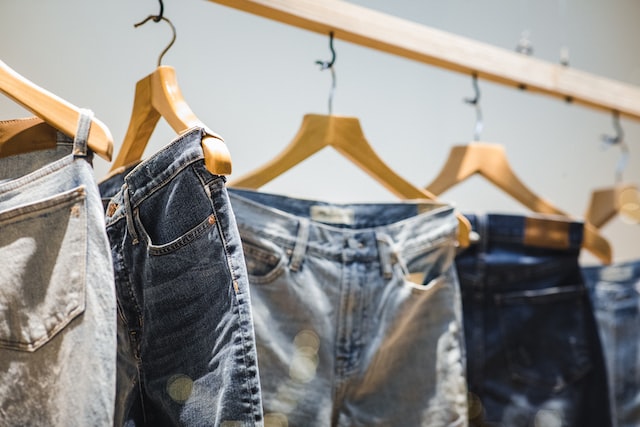
How to Set up Your Sewing Machine for Denim?
If you want to sew denim on your sewing machine, there are a few things you need to do to set it up properly. First, you need to change the needle. Denim is a heavy fabric, so you’ll need a heavier needle, like an 80/12 or 90/14. You also need to use a denim needle, which has a sharp point and is slightly longer than a regular needle.
Next, you need to change the stitch length. For denim, you want to use a longer stitch length, between 3 and 4 mm. This will prevent the fabric from bunching up as you sew.
Finally, you need to increase the presser foot pressure. This will help the fabric feed through the machine more smoothly. To do this, consult your sewing machine’s manual; each machine is different.
By following these simple steps, you can sew denim on your sewing machine with ease!
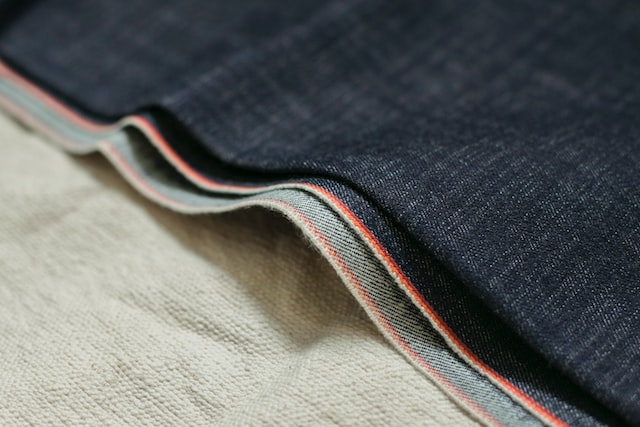
The Different Types of Denim Fabrics
There are three different types of denim fabrics- heavyweight, medium-weight, and lightweight.
Heavyweight denim is the most durable and is often used for jeans.
Medium-weight denim is less durable but still very strong, making it a good choice for shirts and other garments.
Lightweight denim is the least durable but is very soft and comfortable, making it a good choice for dresses and skirts.
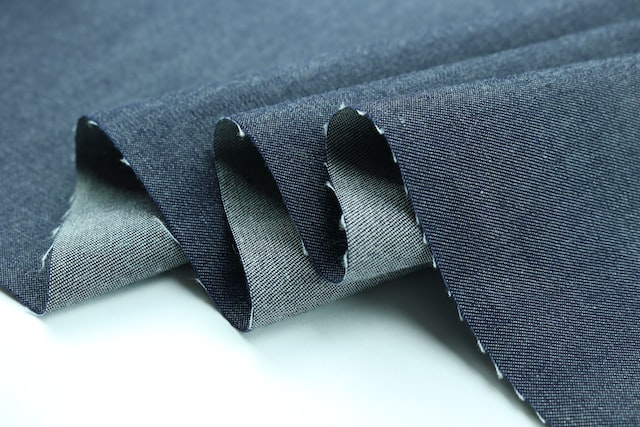
What Are the Best Sewing Machines For Denim?
Assuming you are looking for a sewing machine that can handle denim fabric specifically, there are a few features to look for that will make sewing with denim easier. A heavier-duty machine is ideal, as denim is a thicker fabric. A machine with a strong motor is also important – you don’t want your machine to bog down when sewing through multiple layers of denim. Finally, a machine with a good selection of built-in stitches is helpful, as different stitch types can be used for different purposes when sewing denim (e.g., a straight stitch for seams, and a zigzag stitch for reinforcement).
My Recommendations
SINGER | 4423 Heavy-Duty Sewing Machine
The SINGER | 4423 Heavy Duty Sewing Machine can sew through just about any fabric you throw at it, thanks to its powerful motor and metal frame construction. With a top sewing speed of 1,100 stitches per minute, it can zip through projects in no time. The included accessory kit has everything you need to get started, including an all-purpose foot, zipper foot, buttonhole foot, button sewing foot, seam ripper/lint brush, quilting guide, needles, bobbins, screwdriver, auxiliary spool pin, spool pin felt and a dust cover.
Brother ST150HDH Sewing Machine
The Brother ST150HDH Sewing Machine is built tough for heavy duty sewing projects. With 50 built-in stitches, an advanced needle threader and drop-in top bobbin, this machine can handle anything you throw at it. The included accessories make it easy to get started on your next project, and the LCD screen ensures you always know what stitch you’re using. For added peace of mind, the Brother ST150HDH comes with free technical support for the life of your machine.
Tips for Sewing Denim
Sewing denim can be a bit tricky, but with the right machine settings and a few tips, you can sew denim like a pro!
Here are a few tips for sewing denim:
1. Use a heavier needle. Denim is a heavy fabric, so you will need a heavier needle to sew it. A size 14 or 16 needle is ideal.
2. Use a walking foot. A walking foot helps feed the fabric through the machine evenly, which is helpful when sewing thicker fabrics like denim.
3. Sew slowly. Denim is a thick fabric and sewing too quickly can cause problems. Sew slowly and carefully to avoid any issues.
4. Finish the seams. Denim can be tough on needles, so it’s important to finish the seams with an overlock stitch or serge to prevent them from unraveling.
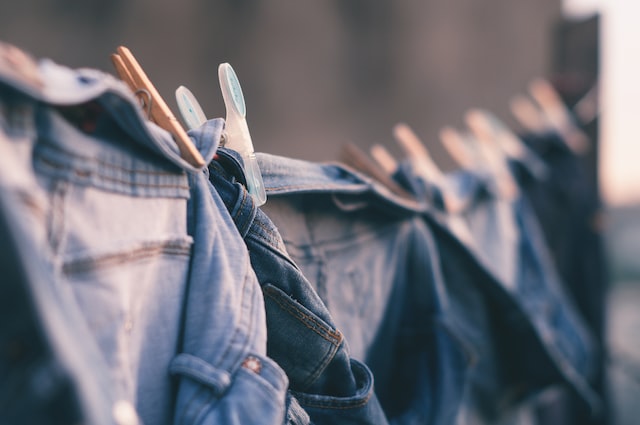
Which Needle To Use?
You’ll also want to use a needle that is sharp enough to pierce through the fabric without breaking. Finally, you’ll want to choose a needle size that is appropriate for the thickness of the denim you’re using.
If you’re not sure which needle to use, it’s always best to consult your sewing machine’s manual.
Which Thread to Use?
There are a few different types of threads that can be used for sewing denim, but the most common and strongest is the polyester thread. This thread is less likely to break than other types of thread, and it also has a bit more give, which is important when working with denim fabric. Another type of thread that can be used for sewing denim is a cotton thread, but this is not as strong as polyester and may break more easily.
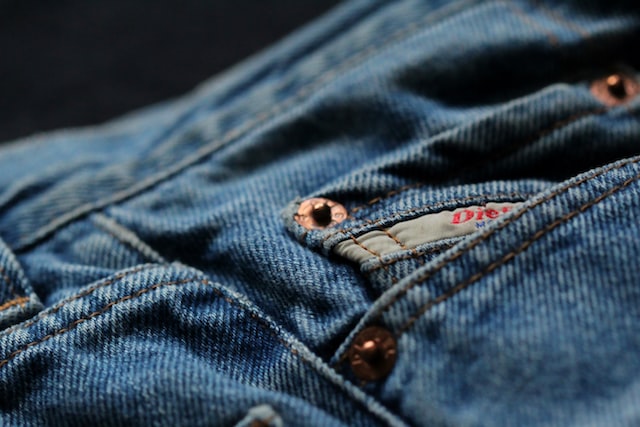
What Type of Presser Foot to Use?
There are a few different types of presser feet that can be used when sewing denim, but the best one to use is the walking foot. This type of presser foot is specially designed to feed the fabric through the machine evenly, which is essential when working with thicker fabrics like denim. Additionally, using a walking foot will help to prevent the fabric from bunching up or becoming distorted as you sew.
The Best Stitch Pattern to Use
There are a few different types of stitch patterns that can be used when sewing denim, but the best one to use is the straight stitch. This will give your jeans a clean and professional look. To sew a straight stitch, set your sewing machine to the straight stitch setting and use a medium-weight thread.
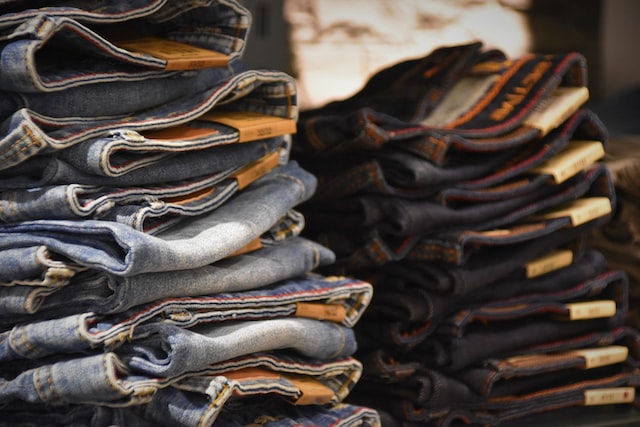
Conclusion
Denim can be a tricky fabric to sew, but with the right settings and tools, it can be done with ease. We hope that this article has given you the guidance you need to get started working with denim on your sewing machine. Remember to pay attention to tension, thread type, and needle size when crafting your project for the best results. Now grab some denim fabric and start making something special!
